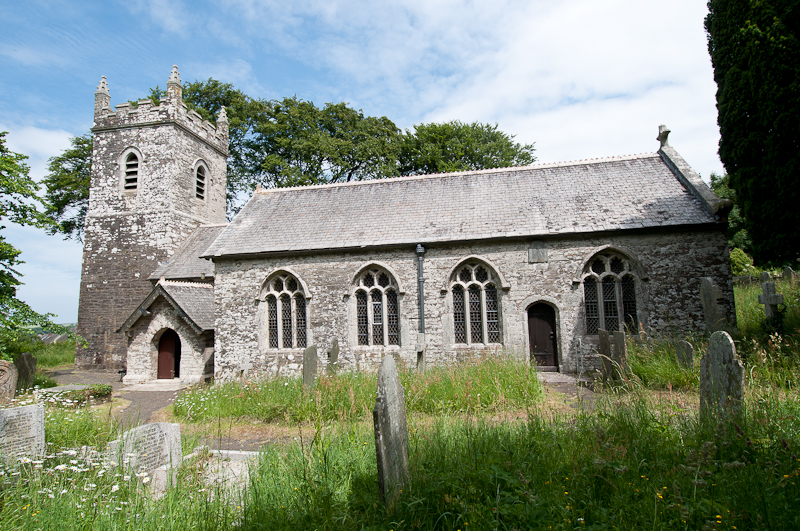Helland Church.jpg on:
[Wikipedia]
[Google]
[Amazon]
Helland ( kw, Hellann) is a
 The parish church is dedicated to St Helena, who was the mother of
The parish church is dedicated to St Helena, who was the mother of
civil parish
In England, a civil parish is a type of administrative parish used for local government. It is a territorial designation which is the lowest tier of local government below districts and counties, or their combined form, the unitary authorit ...
and village in Cornwall
Cornwall (; kw, Kernow ) is a historic county and ceremonial county in South West England. It is recognised as one of the Celtic nations, and is the homeland of the Cornish people. Cornwall is bordered to the north and west by the Atlantic ...
, England, United Kingdom. It is situated north of Bodmin. The meaning of the name Helland is unclear: it is possible that the origin is in Cornish ''hen'' & ''lan'' (i.e. old church). The original dedication of the church is unknown but St Helena is now recognised as the patron.
The village is referred to in the Domesday Book
Domesday Book () – the Middle English spelling of "Doomsday Book" – is a manuscript record of the "Great Survey" of much of England and parts of Wales completed in 1086 by order of King William I, known as William the Conqueror. The manus ...
as Henland. It was only valued at 10 shillings and only five households are recorded, with one virgate of arable land, of woodland and 20 of pasture.
Grade II listed Helland Bridge, built in the early 15th century crosses over the River Camel
The River Camel ( kw, Dowr Kammel, meaning ''crooked river'') is a river in Cornwall, England. It rises on the edge of Bodmin Moor and with its tributaries its catchment area covers much of North Cornwall. The river flows into the eastern Ce ...
here.
Lancarffe is a house probably built in the 17th century which is a Grade II* listed building (at Grid ref. SX0825268948).
The parish has of land.
Parish church
 The parish church is dedicated to St Helena, who was the mother of
The parish church is dedicated to St Helena, who was the mother of Constantine I
Constantine I ( , ; la, Flavius Valerius Constantinus, ; ; 27 February 22 May 337), also known as Constantine the Great, was Roman emperor from AD 306 to 337, the first one to Constantine the Great and Christianity, convert to Christiani ...
. The church comprises a chancel, nave and south aisle. The tower has a pyramidal roof and had a single bell. The church is pre-Norman in origin but the oldest stonework is probably of the 13th century; however in the mid 17th century the tower became ruinous and has not been entirely rebuilt. The name of St Sinney was attached to a tenement on the southern border of the parish; the Giffards were in medieval times the patrons of the rectory and resident not far from the church.''Cornish Church Guide'' (1925) Truro: Blackford; p. 108
Notable people
Humphrey Arundell, the leader of thePrayer Book Rebellion
The Prayer Book Rebellion or Western Rising was a popular revolt in Cornwall and Devon in 1549. In that year, the ''Book of Common Prayer (1549), Book of Common Prayer'', presenting the theology of the English Reformation, was introduced. The ...
, was born in Helland.
References
Further reading
* Maclean, John (1872–79) ''The Parochial and Family History of the Deanery of Trigg Minor''. 3 vols. London: Nichols & Son {{authority control Villages in Cornwall Civil parishes in Cornwall Manors in Cornwall